Home>Furniture & Design>Bathroom Accessories>How Much Water Should Be In The Toilet Bowl
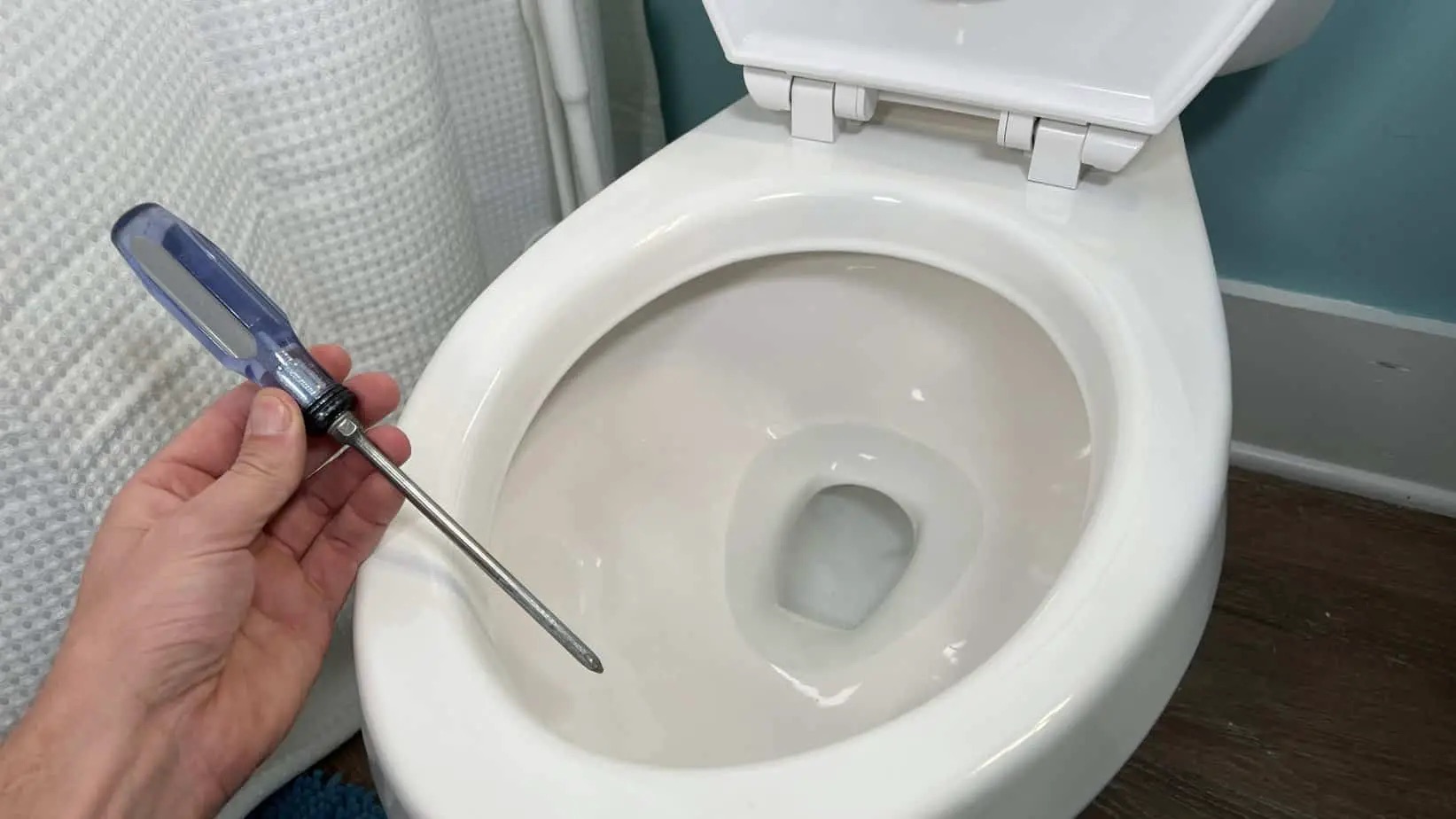

Bathroom Accessories
How Much Water Should Be In The Toilet Bowl
Modified: October 20, 2024
Discover the ideal water level for your toilet bowl with our bathroom accessories. Find out how much water should be in the toilet bowl for optimal performance.
(Many of the links in this article redirect to a specific reviewed product. Your purchase of these products through affiliate links helps to generate commission for Storables.com, at no extra cost. Learn more)
Introduction
The water level in a toilet bowl is a crucial yet often overlooked aspect of a functional and efficient bathroom. It plays a significant role in the proper functioning of the toilet, affecting its flushing capability and overall hygiene. Understanding the ideal water level in the toilet bowl is essential for maintaining a well-balanced and effective plumbing system.
In this comprehensive guide, we will delve into the importance of water in the toilet bowl, explore the factors that influence the water level, and provide practical tips for adjusting the water level to ensure optimal performance. Whether you are a homeowner, a plumber, or simply someone interested in the mechanics of a fundamental household fixture, this article will equip you with valuable insights into achieving the perfect water level in your toilet bowl.
Let's embark on a journey to unravel the mysteries of the toilet bowl water level and discover the key considerations for maintaining a harmonious balance between water conservation, functionality, and cleanliness.
Key Takeaways:
- The water level in a toilet bowl is crucial for preventing odors, promoting efficient flushing, and conserving water. It’s important to maintain the recommended level for a clean and functional bathroom.
- Factors like toilet design, water pressure, and maintenance affect the water level. Simple adjustments to the fill valve and regular checks can ensure the ideal water level, contributing to a sustainable and efficient plumbing system.
Read more: Why Is Toilet Bowl Water Low
The Importance of Water in the Toilet Bowl
The water level in the toilet bowl is not just a matter of aesthetics; it serves a crucial purpose in the proper functioning of the toilet. The presence of water in the bowl creates a seal that prevents foul odors and harmful sewer gases from entering the bathroom. This seal also helps maintain a sanitary environment by preventing insects and bacteria from breeding in the toilet's drainage system.
Moreover, the water in the toilet bowl plays a pivotal role in the flushing mechanism. When the toilet is flushed, the water from the tank rushes into the bowl, creating a siphon effect that efficiently removes waste from the bowl and sends it into the sewer system. The water in the bowl also acts as a barrier, preventing clogs and blockages by providing a smooth passage for waste to exit the bowl.
Additionally, the water level in the toilet bowl contributes to water conservation. By maintaining an optimal water level, you can ensure that the toilet flushes effectively while using the minimum amount of water required. This not only reduces water wastage but also contributes to lower water bills and environmental sustainability.
In summary, the presence of water in the toilet bowl serves multiple essential functions, including creating a seal to prevent odors and bacteria, facilitating the flushing process, and promoting water conservation. Understanding the significance of water in the toilet bowl is fundamental to maintaining a functional and efficient plumbing system in any household or commercial setting.
Factors Affecting the Amount of Water in the Toilet Bowl
The amount of water in a toilet bowl is influenced by several key factors, each of which plays a significant role in determining the optimal water level for efficient and effective operation. Understanding these factors is essential for maintaining a properly functioning toilet and addressing any potential issues that may arise. Let's explore the primary factors that affect the amount of water in the toilet bowl:
-
Toilet Design and Model: The design and model of the toilet itself can greatly impact the water level in the bowl. Different toilet models are engineered with varying bowl shapes and sizes, which can affect the amount of water required to maintain an appropriate level. Additionally, newer toilet models often feature water-saving designs that utilize less water per flush, influencing the overall water level in the bowl.
-
Water Supply Pressure: The water supply pressure directly affects the amount of water that enters the toilet bowl after each flush. Inadequate water pressure can result in a lower water level, potentially impacting the toilet's flushing efficiency. Conversely, excessively high water pressure may lead to an overly high water level, causing potential issues with overflow and water wastage.
-
Fill Valve and Float Assembly: The fill valve and float assembly in the toilet tank are responsible for regulating the water level in the tank. If these components are not functioning correctly, they can lead to insufficient or excessive water entering the bowl after each flush, thereby affecting the water level.
-
Flapper and Flush Valve: The flapper and flush valve play a crucial role in controlling the release of water from the tank into the bowl during the flushing process. Malfunctioning or improperly adjusted flapper valves can result in inadequate water entering the bowl, affecting the water level and flushing performance.
-
Blockages and Obstructions: Blockages or obstructions in the toilet's trap or drainage system can impede the proper flow of water, leading to irregular water levels in the bowl. Addressing any blockages is essential for maintaining a consistent and appropriate water level.
-
Adjustable Fill Valve Settings: Some toilets are equipped with adjustable fill valve settings that allow users to customize the water level in the tank. Incorrectly set fill valve settings can directly impact the water level in the bowl, necessitating proper adjustment for optimal performance.
Understanding these factors is crucial for troubleshooting and maintaining the ideal water level in the toilet bowl. By addressing these considerations, homeowners and maintenance professionals can ensure that the toilet operates efficiently and effectively, promoting water conservation and overall functionality.
To ensure proper flushing and prevent splashing, the water level in the toilet bowl should be about 1-2 inches below the rim. Adjust the water level using the fill valve if necessary.
Recommended Water Level in the Toilet Bowl
The recommended water level in the toilet bowl is a critical aspect of maintaining optimal functionality and efficiency. While the specific water level may vary slightly depending on the toilet model and design, there are general guidelines to ensure the ideal water level for most standard toilets.
Ideally, the water level in the toilet bowl should be set approximately 1 to 1.5 inches below the top of the overflow tube or the rim of the trapway. This level allows for an adequate seal to prevent odors and sewer gases from escaping into the bathroom while providing sufficient water volume for an effective flush.
Maintaining the recommended water level is essential for several reasons. Firstly, it ensures the proper formation of the water seal, which acts as a barrier against foul odors and harmful gases, contributing to a hygienic and pleasant bathroom environment. Additionally, the recommended water level facilitates the efficient removal of waste during the flushing process, preventing clogs and blockages while promoting optimal flushing performance.
To determine the appropriate water level for a specific toilet, it is advisable to refer to the manufacturer's guidelines or consult a professional plumber. Additionally, homeowners can visually inspect the water level in the bowl and make minor adjustments to the fill valve or float assembly to achieve the recommended level.
It is important to note that newer toilet models often feature water-saving designs that utilize less water per flush. While these toilets may have a lower water level in the bowl, they are engineered to maintain effective flushing capabilities while conserving water. Understanding the recommended water level for a specific toilet model is crucial for ensuring its proper operation and performance.
By adhering to the recommended water level guidelines, homeowners and maintenance professionals can optimize the functionality of the toilet, promote water conservation, and maintain a sanitary and efficient plumbing system.
In summary, maintaining the recommended water level in the toilet bowl is essential for creating a proper seal, facilitating effective flushing, and promoting overall functionality. By adhering to these guidelines, individuals can ensure that their toilets operate efficiently while conserving water and maintaining a hygienic bathroom environment.
Tips for Adjusting the Water Level in the Toilet Bowl
Adjusting the water level in the toilet bowl is a straightforward yet essential aspect of maintaining optimal functionality and efficiency. Whether you need to increase or decrease the water level, the following tips will guide you through the process, ensuring that your toilet operates at its best.
-
Check the Fill Valve and Float Assembly: Start by inspecting the fill valve and float assembly in the toilet tank. The fill valve is responsible for regulating the water level in the tank, while the float assembly controls the valve's operation. If the water level is too low, adjust the float to allow more water to enter the tank. Conversely, if the water level is too high, adjust the float to reduce the water intake. This simple adjustment can significantly impact the water level in the bowl.
-
Adjust the Fill Valve Settings: Some toilets are equipped with adjustable fill valve settings that allow users to customize the water level in the tank. If your toilet features this option, carefully adjust the fill valve to achieve the recommended water level in the bowl. Refer to the manufacturer's guidelines for specific instructions on adjusting the fill valve settings to ensure optimal performance.
-
Inspect the Flapper and Flush Valve: The flapper and flush valve play a crucial role in controlling the release of water from the tank into the bowl during the flushing process. If the water level is consistently low, the flapper valve may not be opening fully, restricting the flow of water into the bowl. Inspect the flapper for any signs of damage or misalignment and ensure that it opens fully during each flush. Additionally, check the flush valve for any obstructions that may impede the flow of water.
-
Address Water Supply Pressure Issues: In cases where the water level is consistently low, inadequate water supply pressure may be the underlying issue. Check the water supply line and valve to ensure that the water pressure is sufficient for proper filling of the tank. If the water pressure is low, consider consulting a professional plumber to address any potential issues with the water supply system.
-
Clear Blockages and Obstructions: If the water level in the toilet bowl is irregular or consistently low, inspect the trap and drainage system for any blockages or obstructions. Clearing any debris or obstructions can help restore the proper flow of water, ensuring that the bowl maintains the recommended water level.
By following these tips and conducting regular maintenance checks, homeowners and maintenance professionals can effectively adjust the water level in the toilet bowl to ensure optimal functionality and efficiency. Maintaining the recommended water level not only promotes effective flushing and water conservation but also contributes to a hygienic and pleasant bathroom environment.
Read more: How To Adjust Amount Of Water In Toilet Bowl
Conclusion
In conclusion, the water level in the toilet bowl is a critical component of a functional and efficient plumbing system. It serves multiple essential functions, including creating a seal to prevent odors and harmful gases, facilitating the flushing process, and promoting water conservation. Understanding the factors that influence the water level and adhering to the recommended guidelines are fundamental for maintaining optimal performance and efficiency.
By recognizing the importance of water in the toilet bowl and implementing the recommended water level, homeowners and maintenance professionals can ensure that their toilets operate effectively while conserving water and maintaining a hygienic bathroom environment. Regular maintenance checks, including inspecting the fill valve, float assembly, flapper, and flush valve, are essential for addressing any potential issues and adjusting the water level as needed.
Furthermore, advancements in toilet design have led to the development of water-saving models that prioritize efficiency and sustainability. While these toilets may have lower water levels in the bowl, they are engineered to maintain effective flushing capabilities while minimizing water usage. Embracing these innovative designs contributes to environmental conservation and reduced water consumption, aligning with global efforts to promote sustainability.
In essence, the ideal water level in the toilet bowl strikes a harmonious balance between functionality, water conservation, and hygiene. By adhering to the recommended guidelines and implementing the tips for adjusting the water level, individuals can contribute to a more sustainable and efficient plumbing infrastructure in both residential and commercial settings.
As we conclude our exploration of the water level in the toilet bowl, it is evident that this seemingly simple aspect plays a significant role in the overall performance and environmental impact of a fundamental household fixture. By understanding its importance and implementing best practices, we can collectively contribute to a more sustainable and hygienic future for our bathrooms and communities.
Now that you've mastered the art of maintaining the perfect water level in your toilet bowl, why stop there? Dive into our latest guide on toilet repair, packed with innovative tips and tricks to keep your bathroom in top shape. Whether you're dealing with a minor leak or a major overhaul, this article is your go-to resource for all things toilet maintenance. Don't let plumbing woes flush away your peace of mind; get all the details you need to fix up your throne like a pro!
Frequently Asked Questions about How Much Water Should Be In The Toilet Bowl
Was this page helpful?
At Storables.com, we guarantee accurate and reliable information. Our content, validated by Expert Board Contributors, is crafted following stringent Editorial Policies. We're committed to providing you with well-researched, expert-backed insights for all your informational needs.
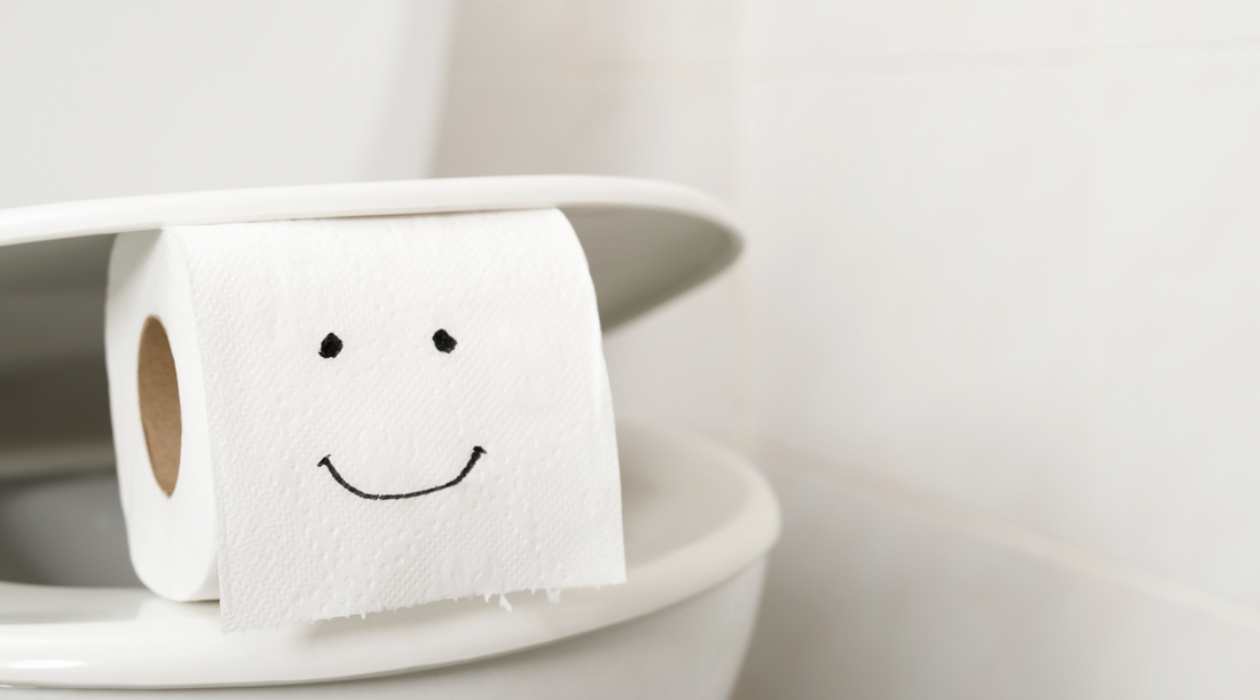
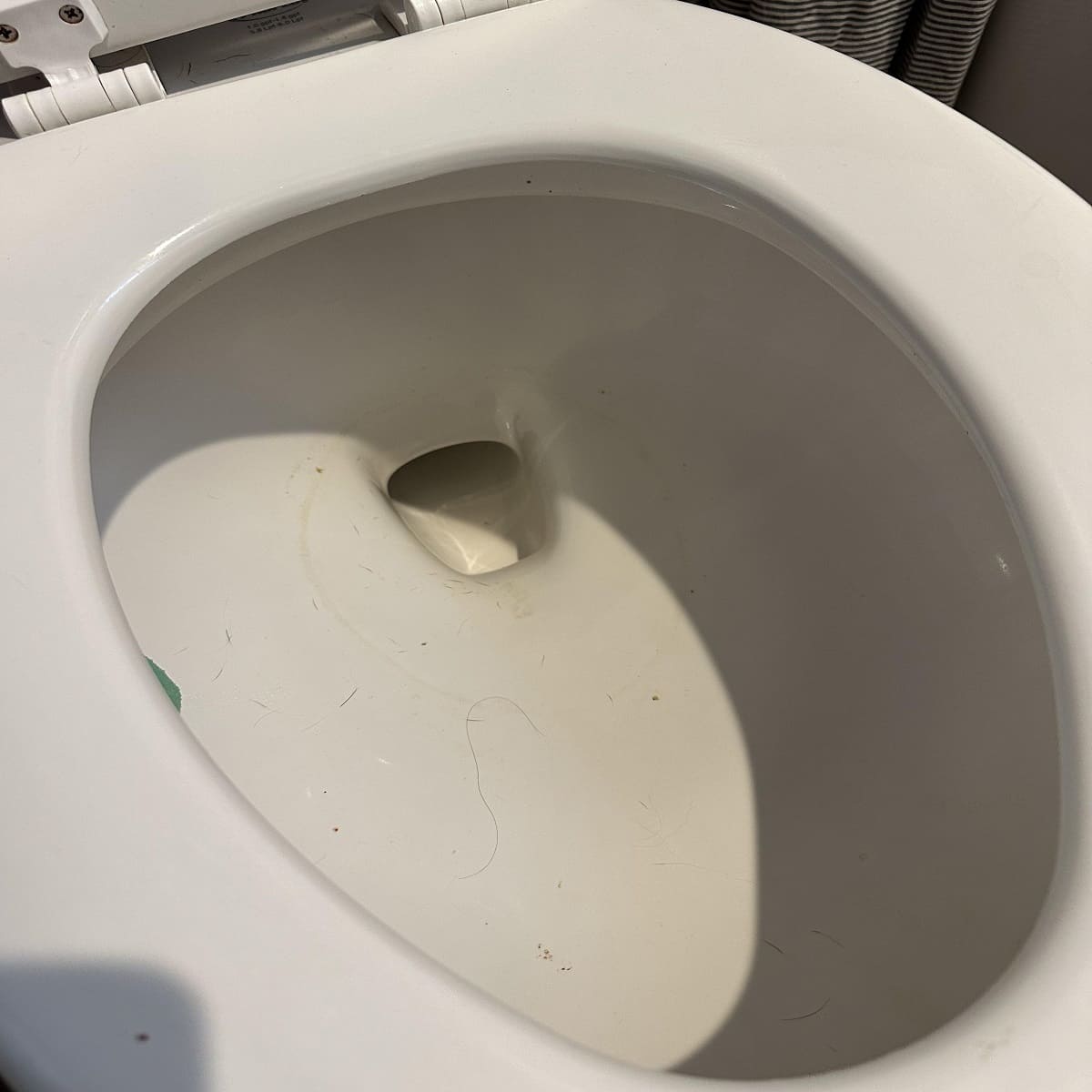
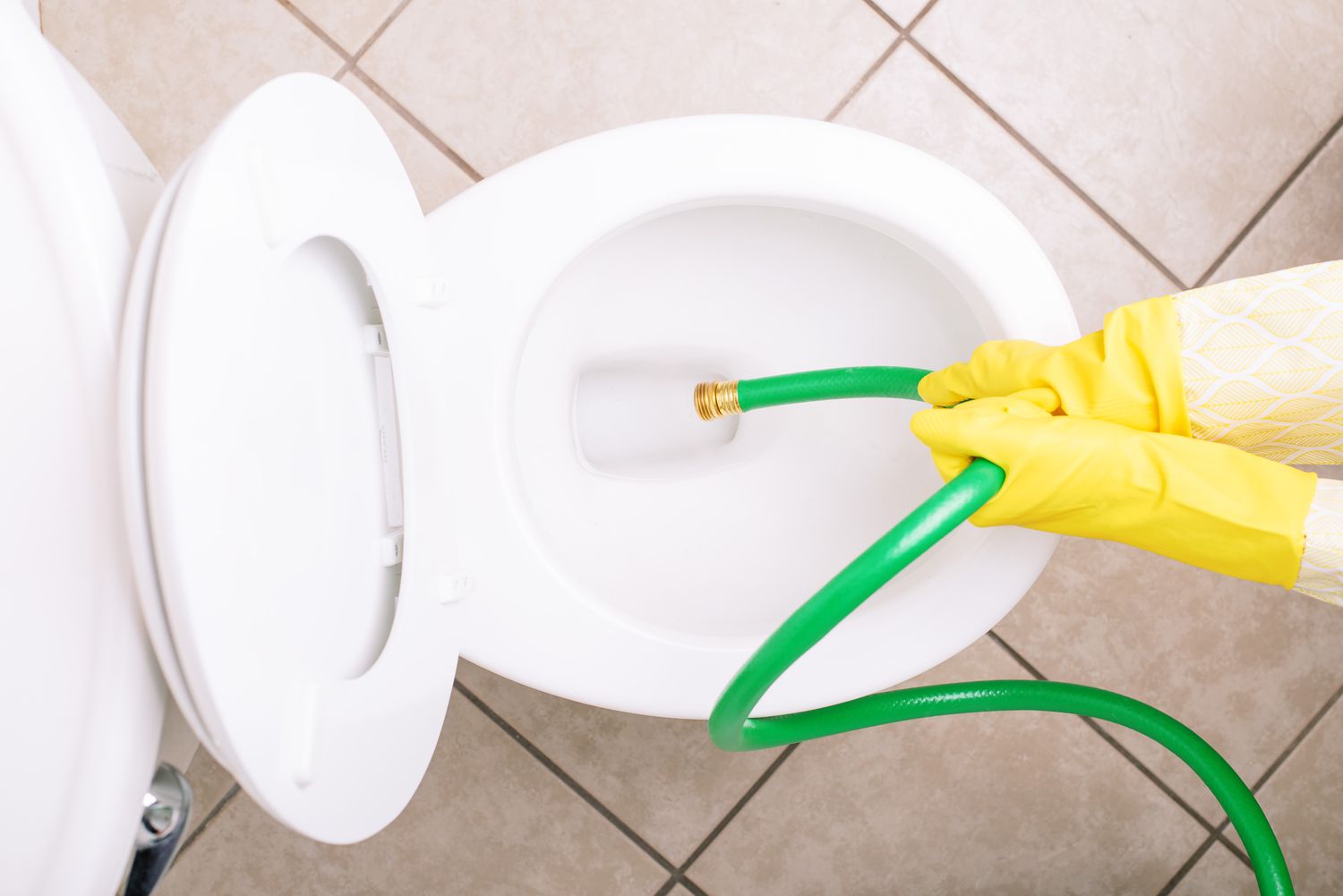
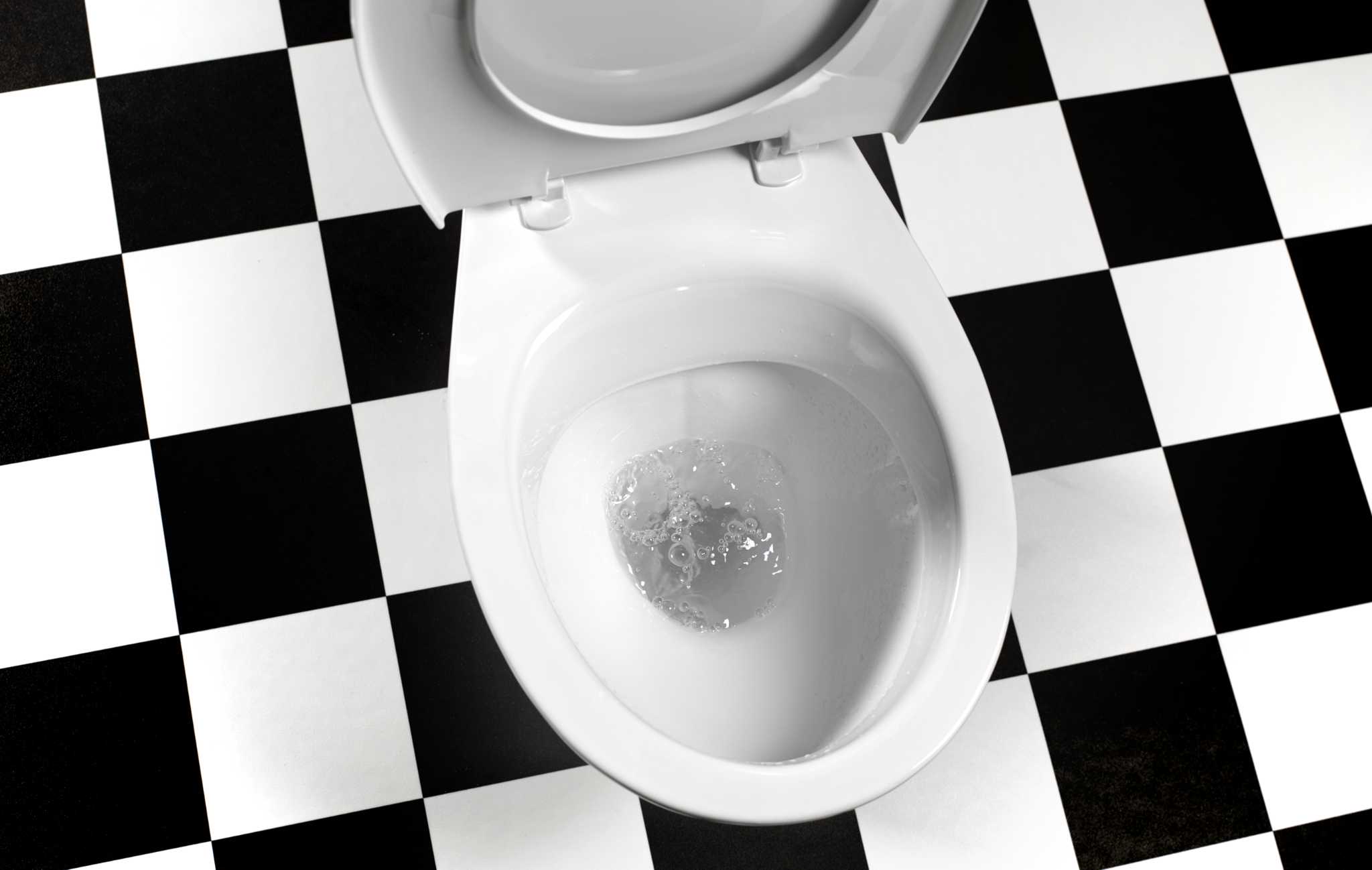
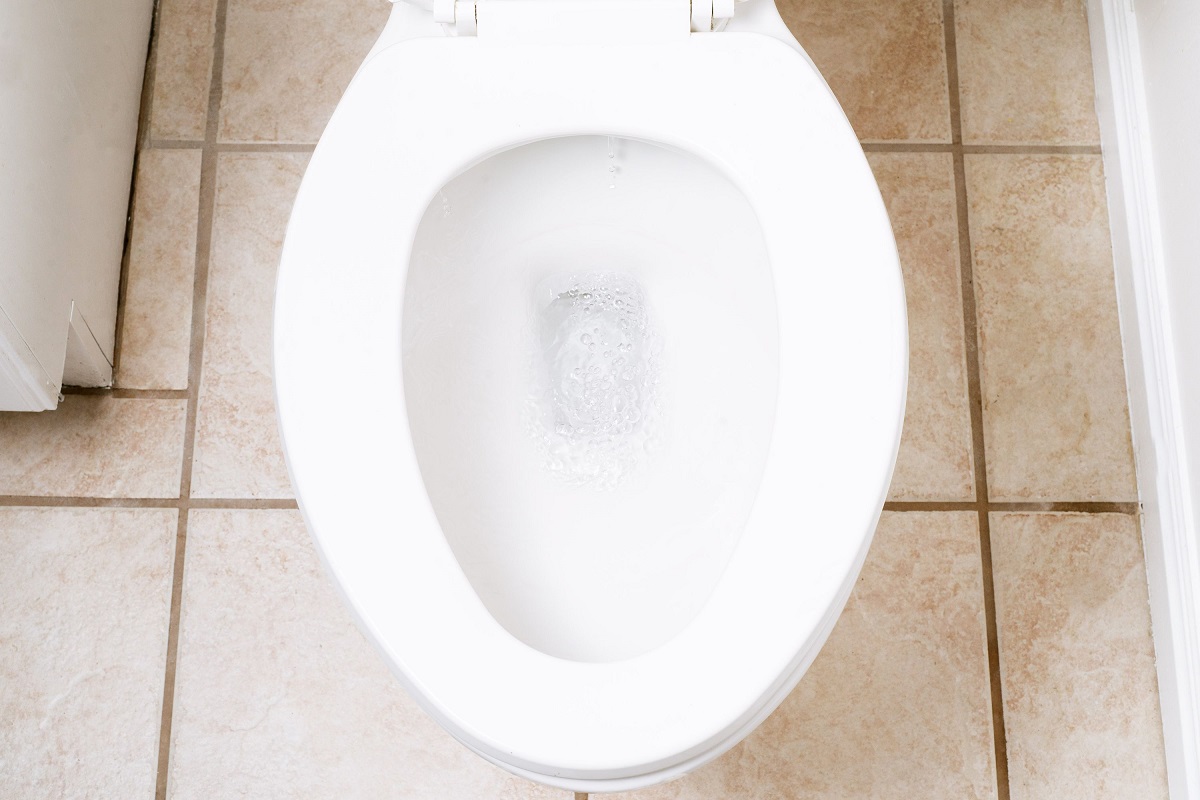
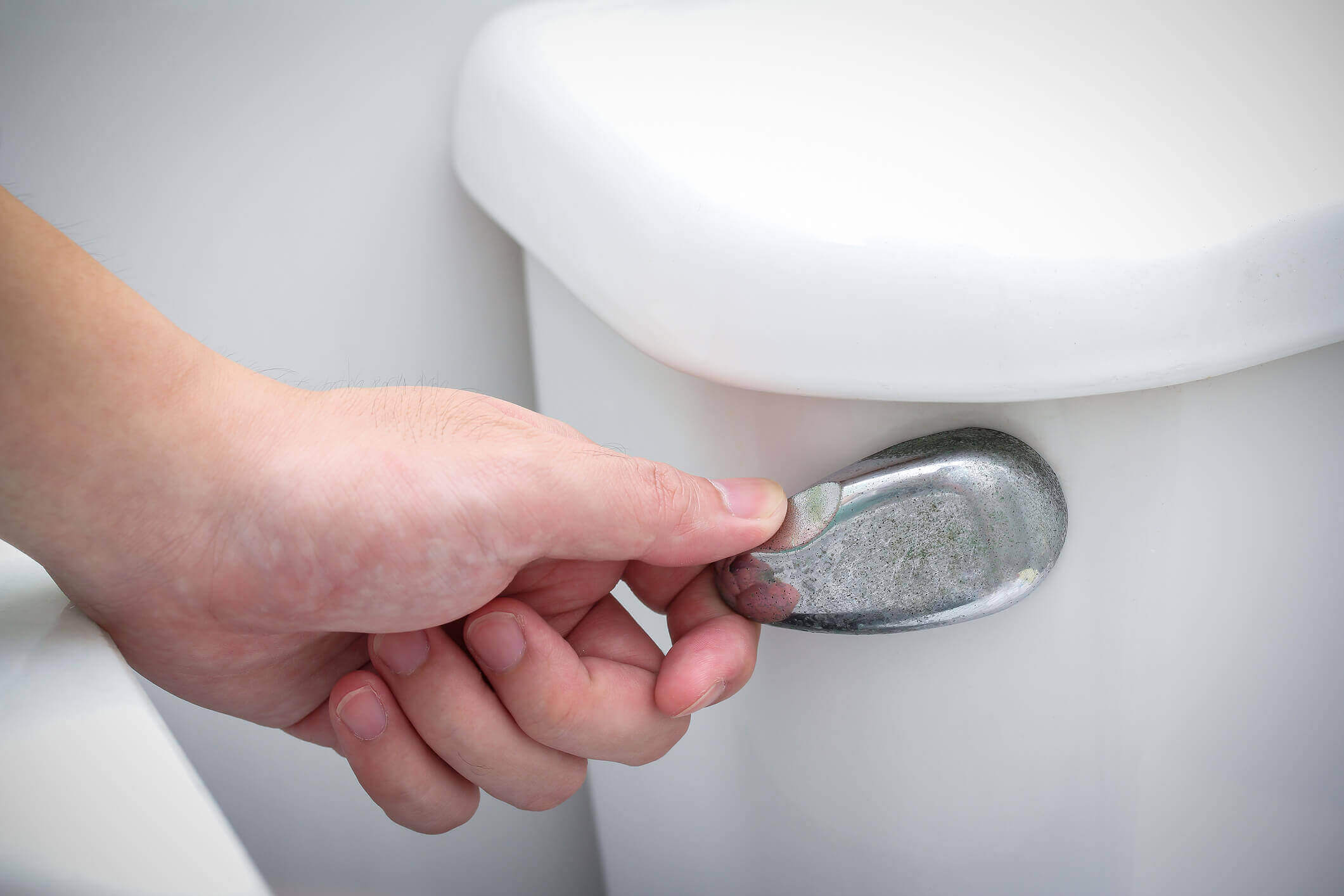
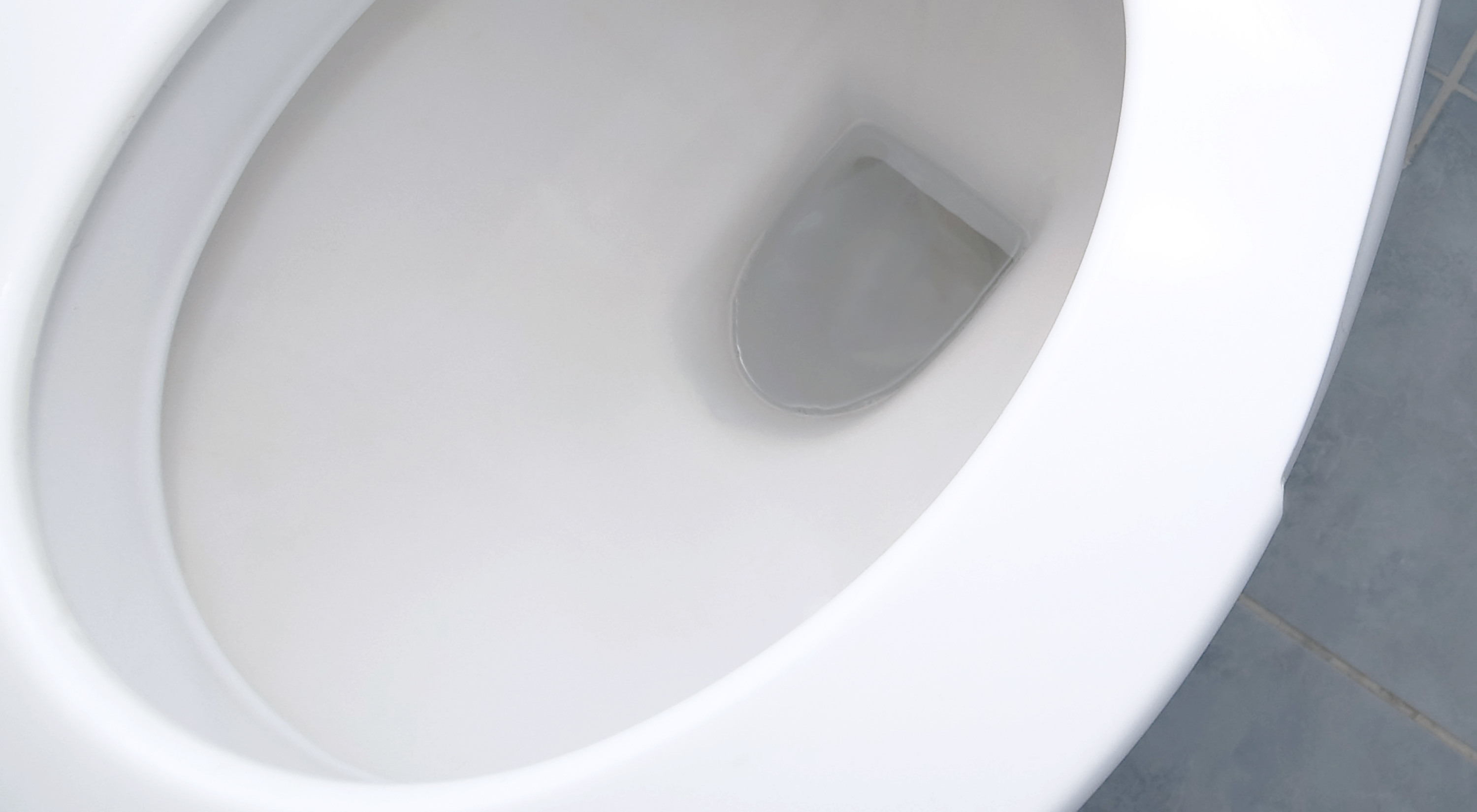
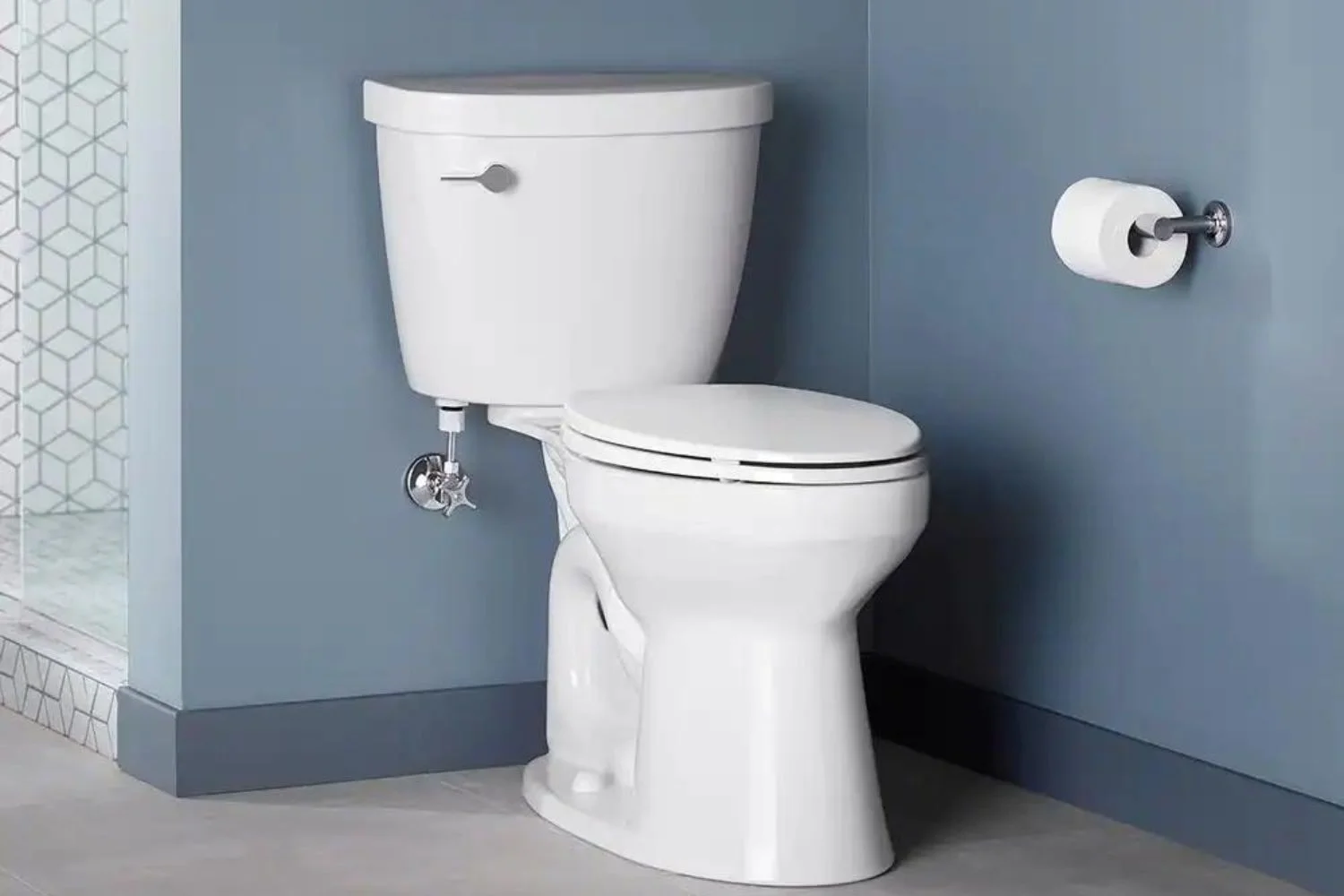
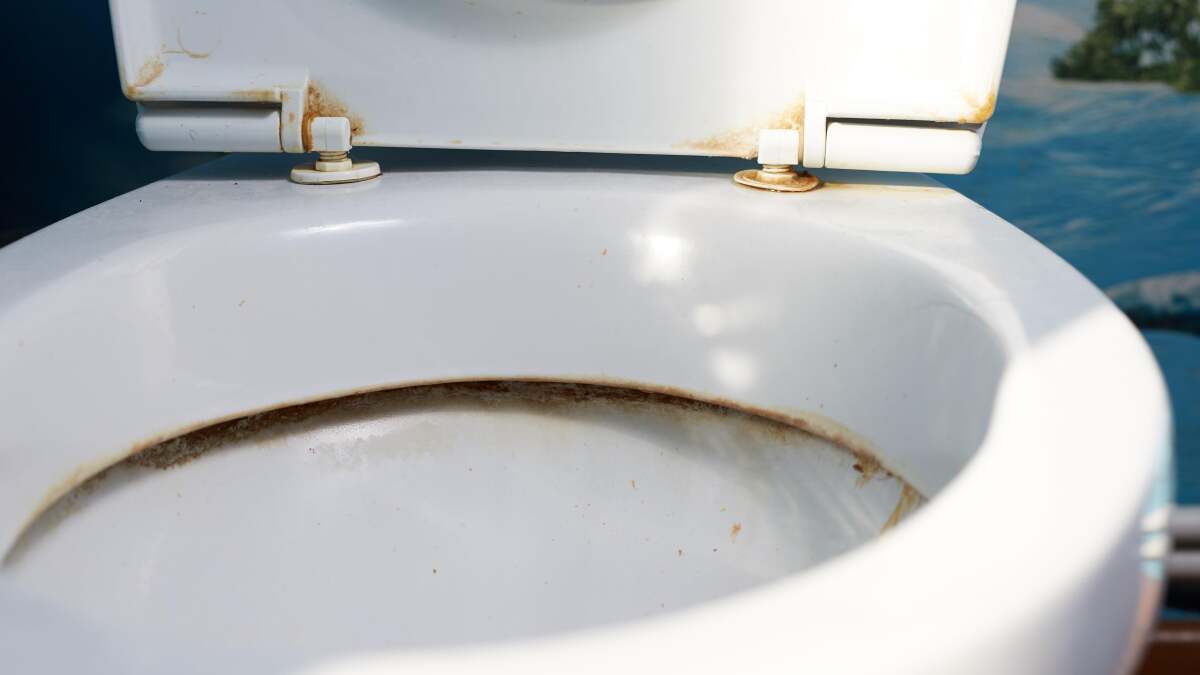
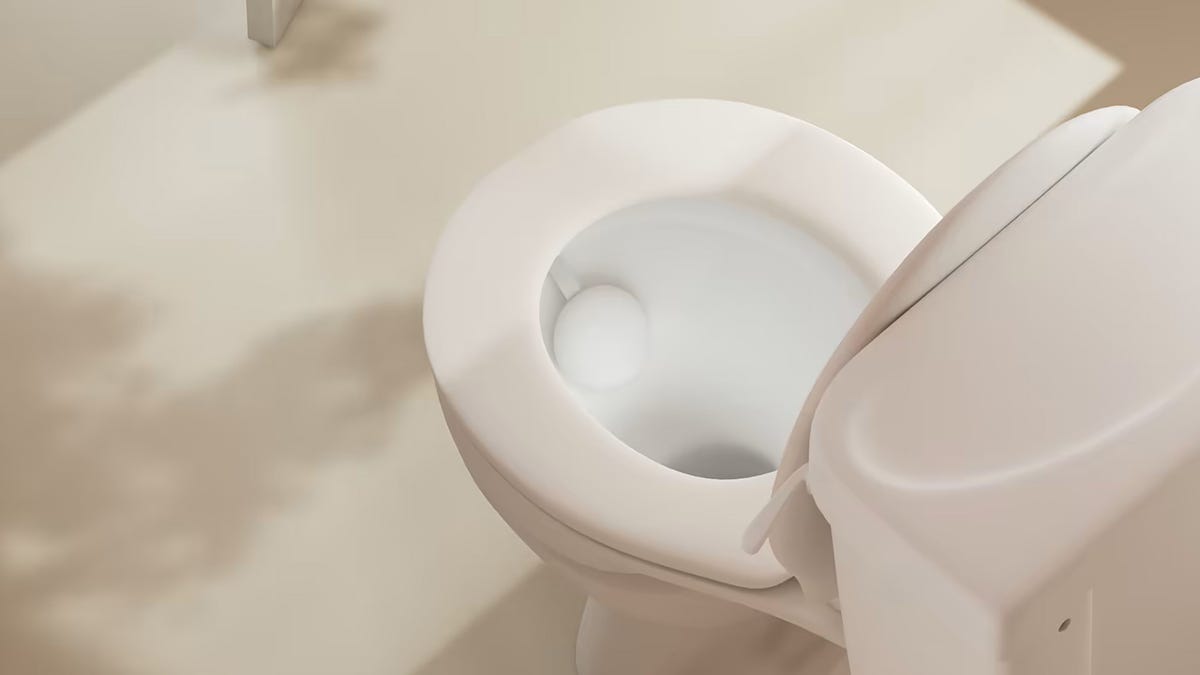
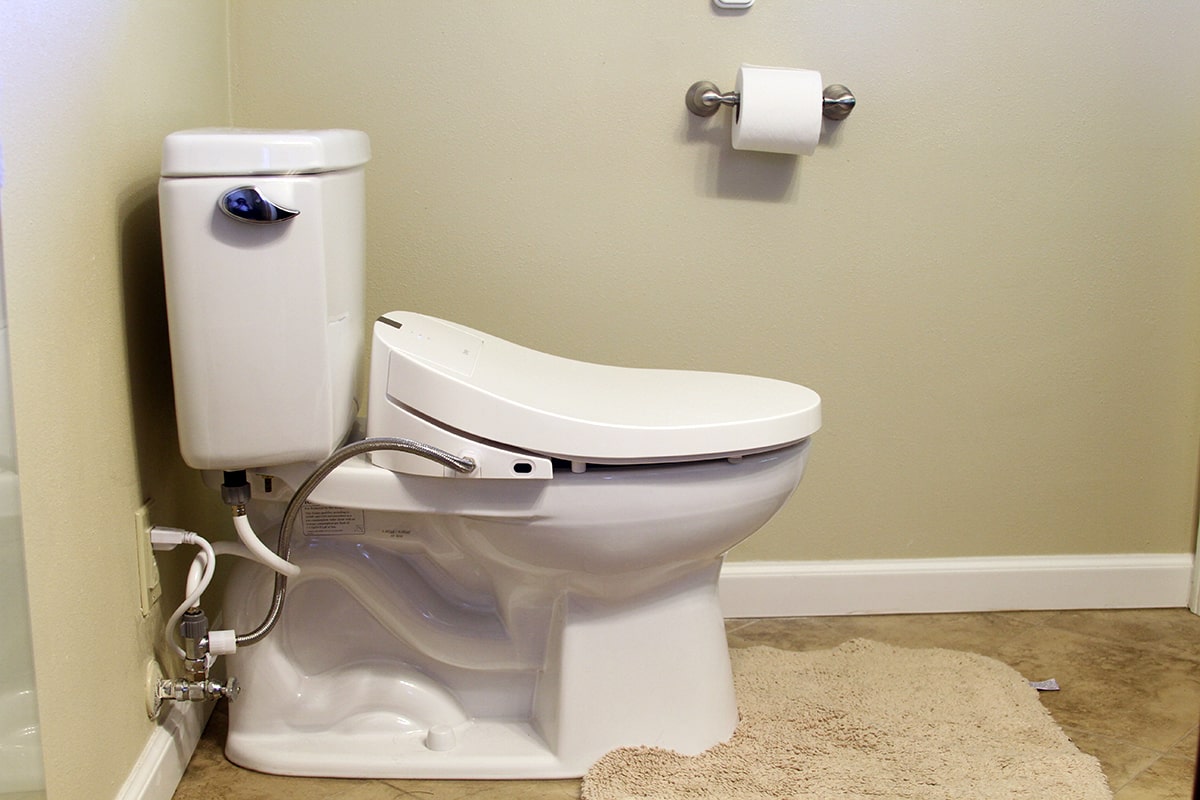
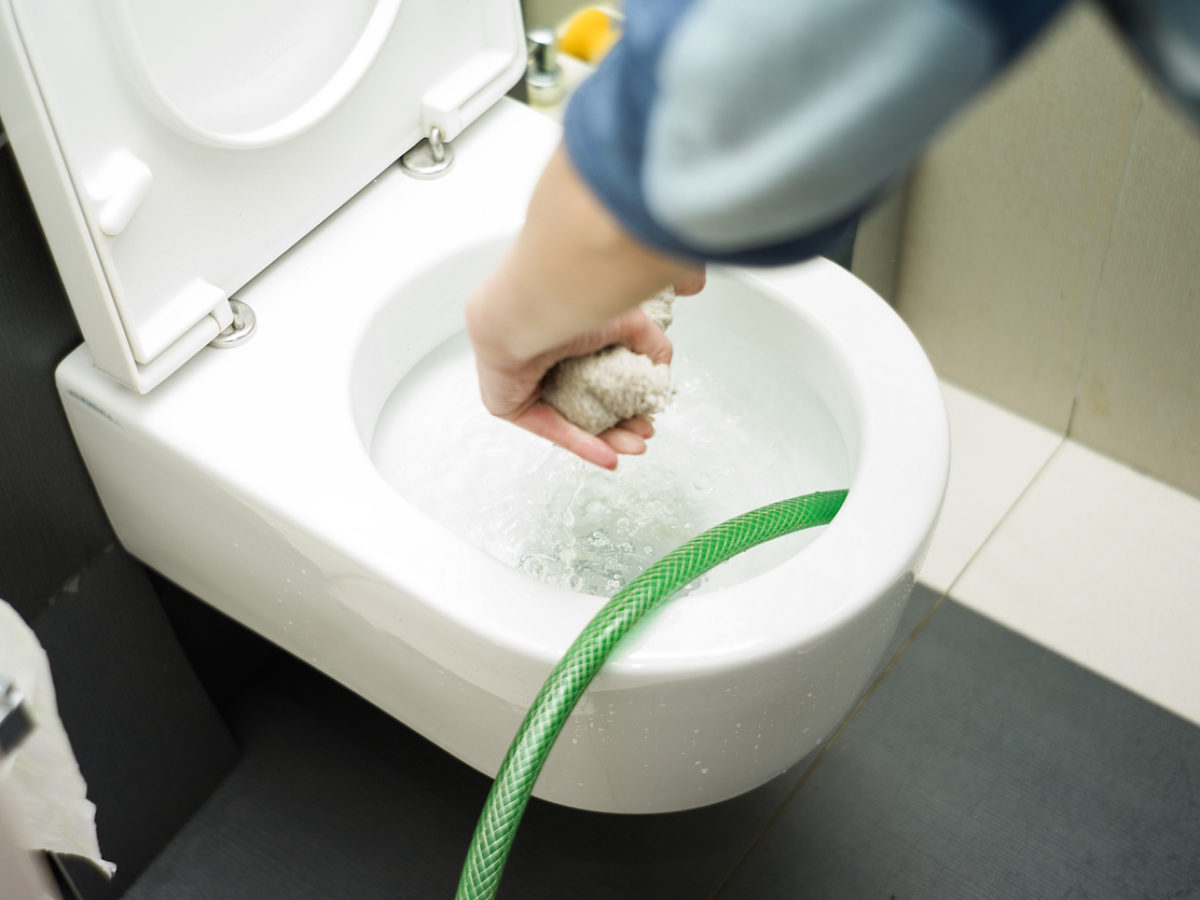
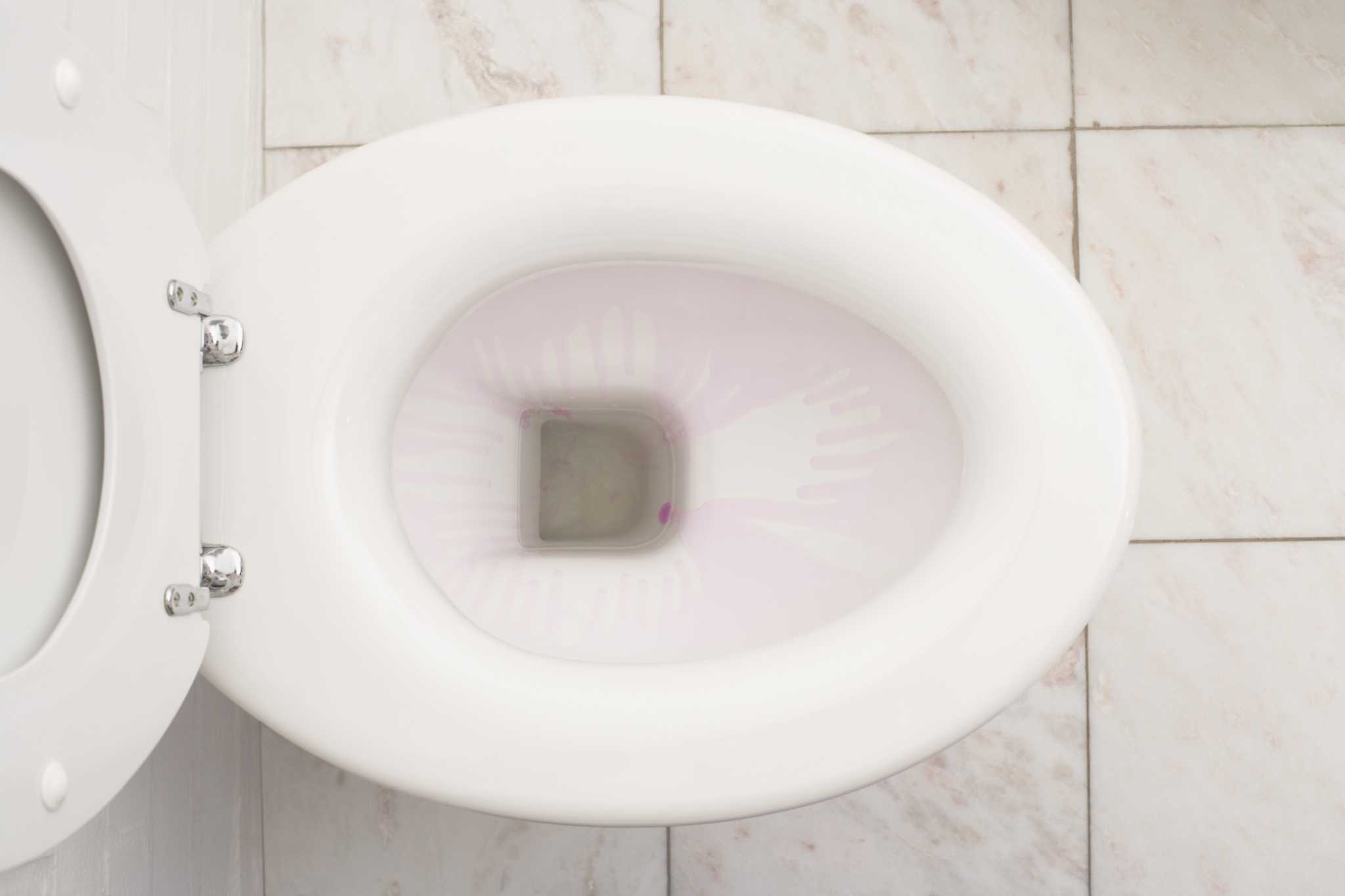
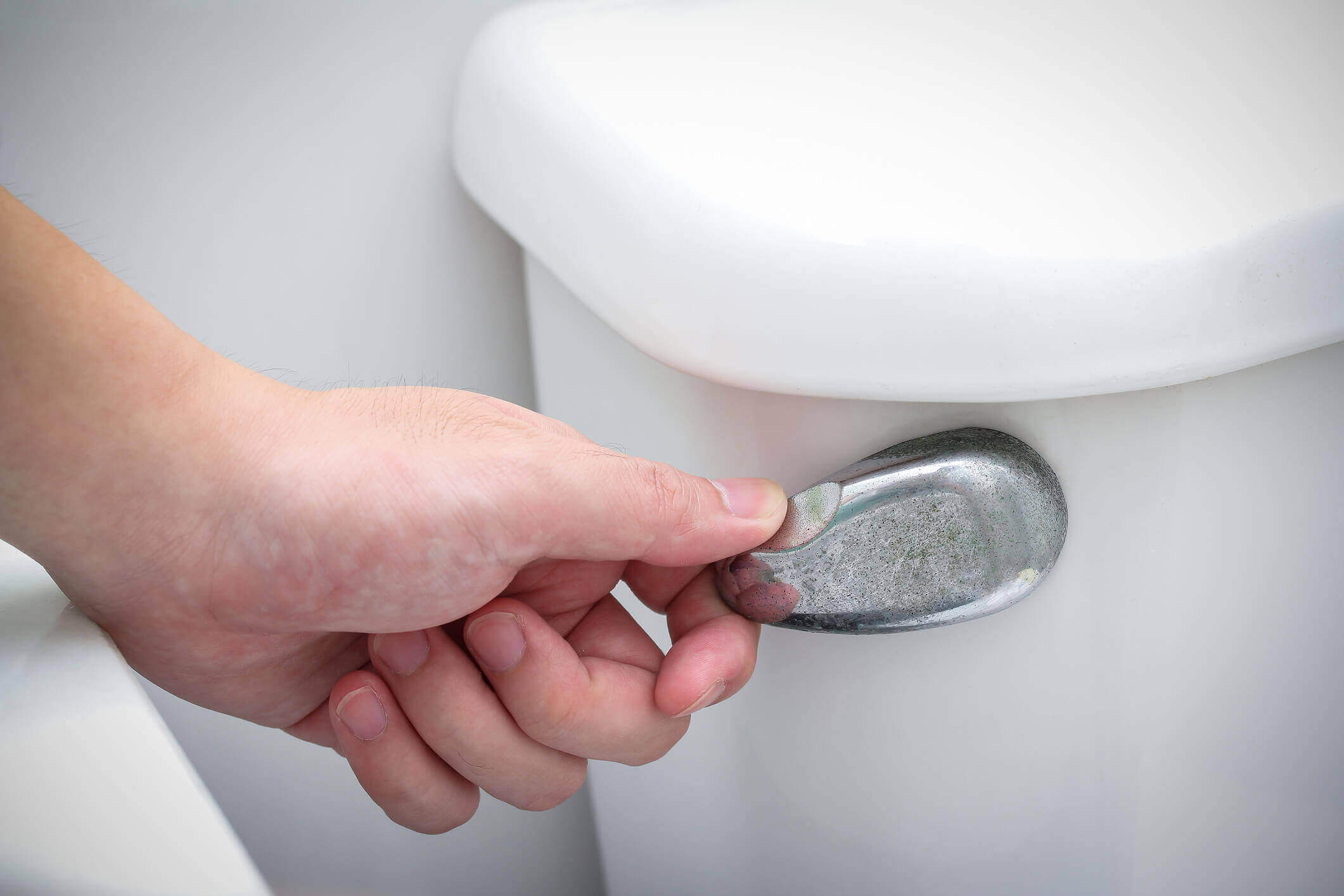

0 thoughts on “How Much Water Should Be In The Toilet Bowl”